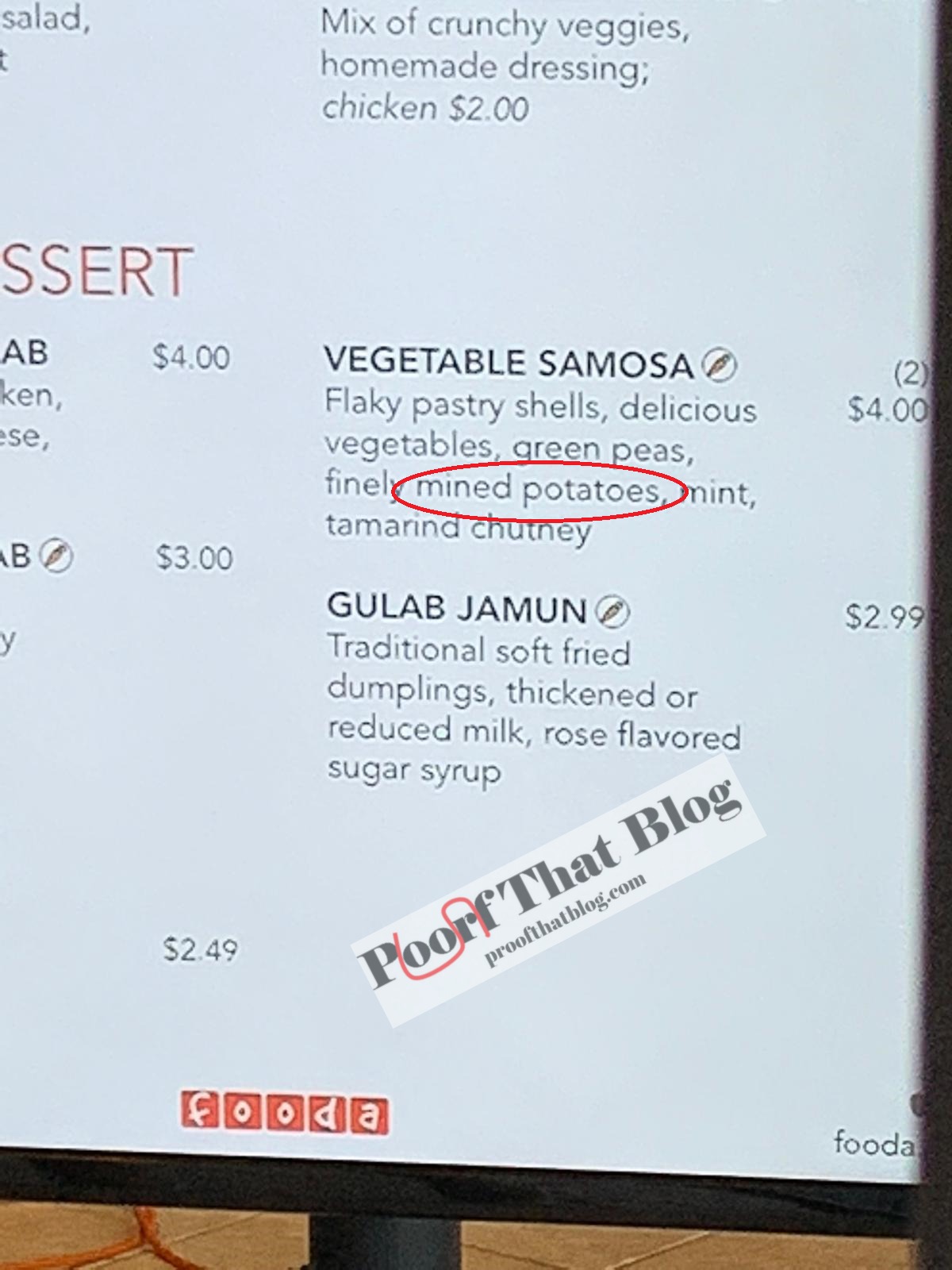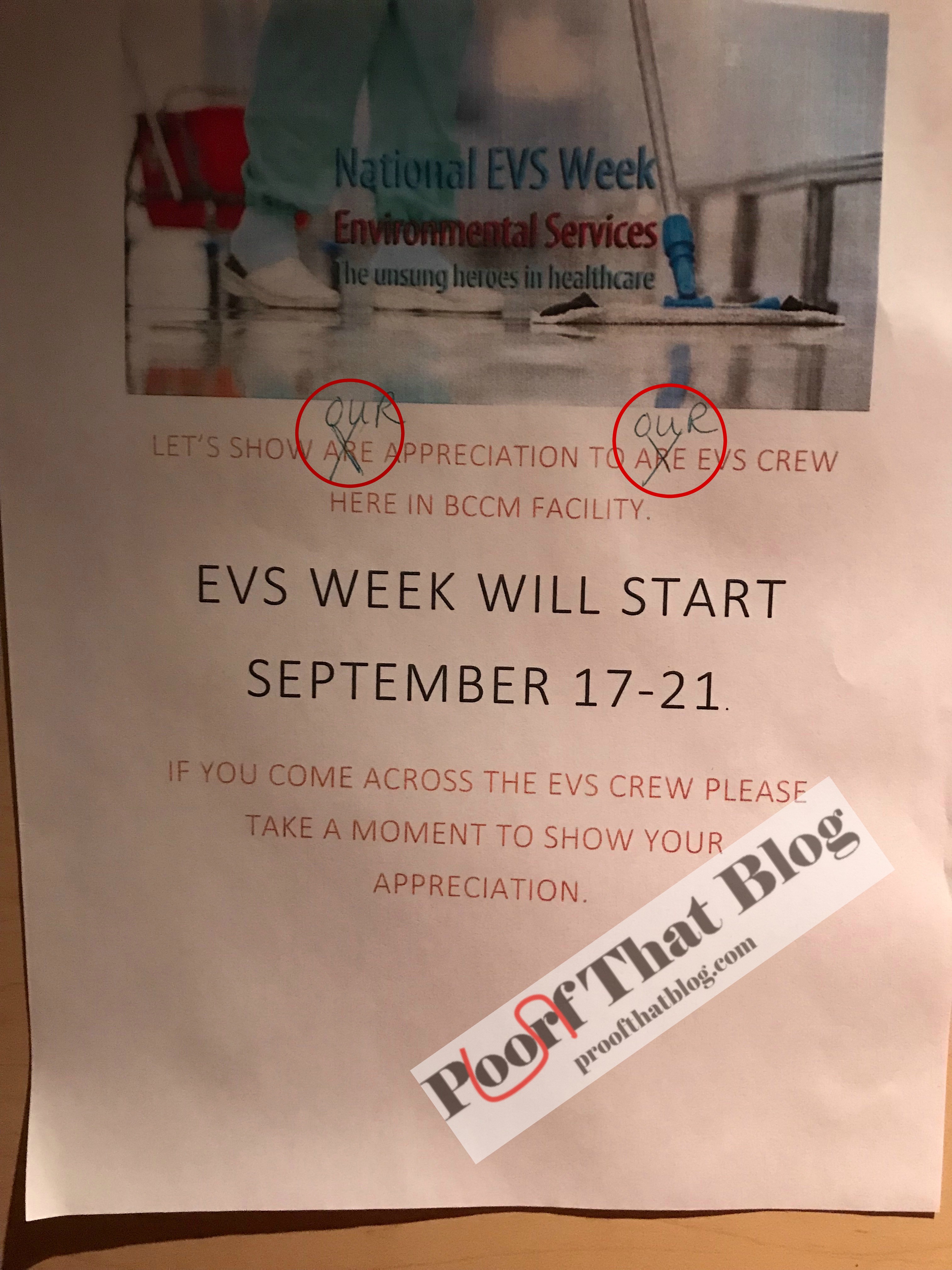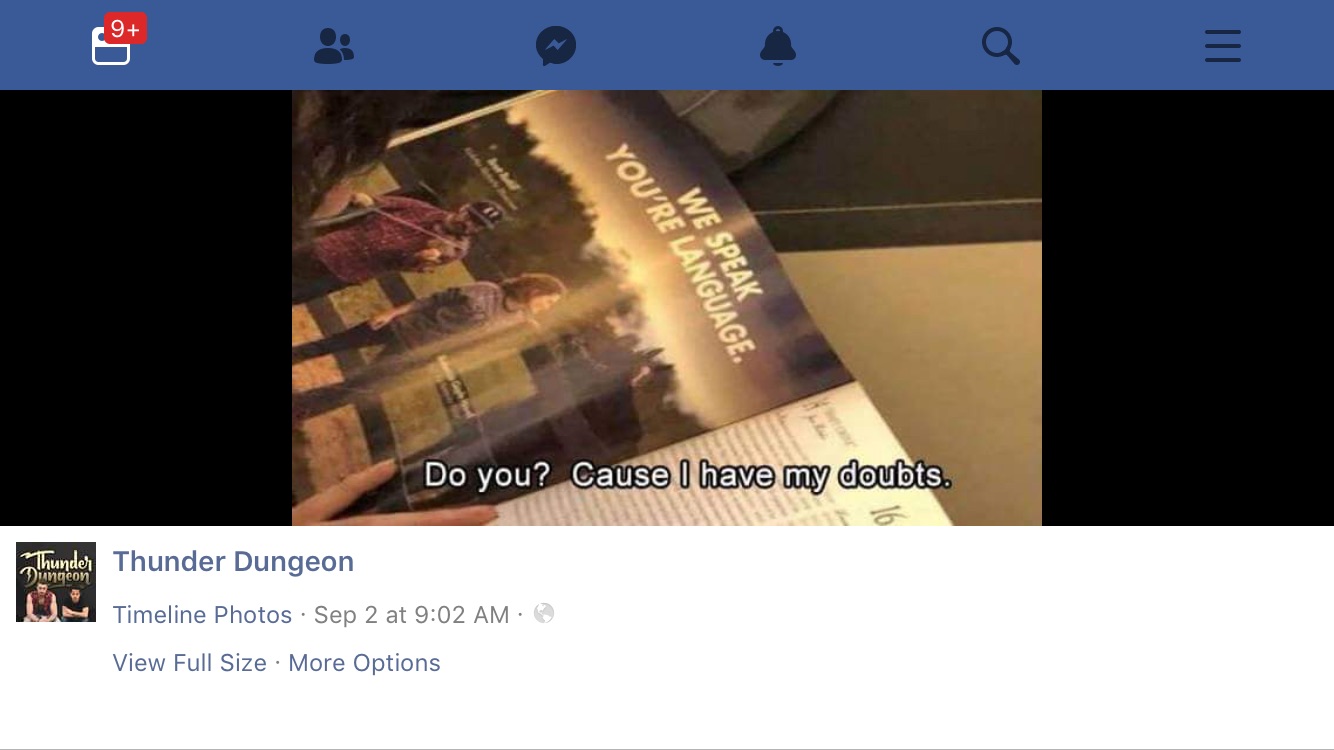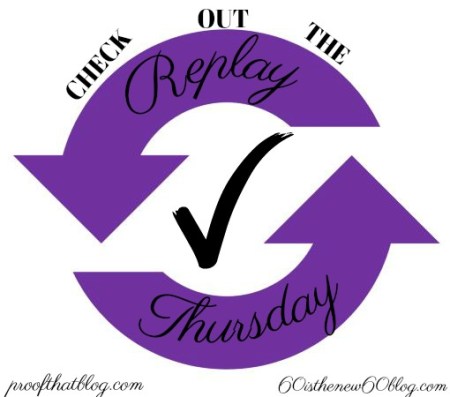 Last week was really “eye-opening” for me. As has turned into my usual style, I wrote a blog post late one night, proofread it, and set it up to be published the next morning. I know I have mentioned many times on this blog that it is easiest to draft something, walk away from it, and come back to proofread it. But that’s not what I did. I drafted, reviewed, and set it up to post–all in the span of a couple of hours with no break.
Last week was really “eye-opening” for me. As has turned into my usual style, I wrote a blog post late one night, proofread it, and set it up to be published the next morning. I know I have mentioned many times on this blog that it is easiest to draft something, walk away from it, and come back to proofread it. But that’s not what I did. I drafted, reviewed, and set it up to post–all in the span of a couple of hours with no break.
The next morning a good friend messaged me with an error she had found in the article. I fixed that on my cell phone and assumed all was good. And then another friend posted on my Facebook page link to the article for all the world to see that there were errors. I was devastated. But she was right. There were other errors–including a glaring one in the title that I think happened when I was using my phone to fix the first one. A day later she apologized profusely for posting that comment publicly and told me about the error she had seen.
Obviously, another set of eyes proofreading your work can be valuable. Or at least taking a break from it and coming back to proofread it can help. I know that, I preach that, and I ignored it. The result was sloppy work product, a damaged reputation (at least in my mind), and frustration. Was it worth it so that I could get an article about proofreading out by my self-imposed deadline? No way. Will I be more careful about drafting articles and going back to proofread them later? You bet. Can we all learn something from my mistake? Absolutely.
Proofreading is hard. It takes time, patience, and focus. You can’t do a good job of it if you are rushed or tired. So slow down, take breaks, work on something else, and come back to it with “fresh” eyes. If you can take a big break and come back to it, it will be easier because your brain isn’t lining up the words it read into the order it already thinks they belong. The work going out should be important enough to take the time to do it right.


 Follow
Follow It’s time for “Confusing Words of the Week” where I take a set of two or three words that get confused and give you definitions and try to give you a memory trick to help you remember when to use which word. If you have words that confuse you, use the Ask PTB tab on the website or send an email to
It’s time for “Confusing Words of the Week” where I take a set of two or three words that get confused and give you definitions and try to give you a memory trick to help you remember when to use which word. If you have words that confuse you, use the Ask PTB tab on the website or send an email to 



 It’s time for a review of recent blog posts just in case you’ve missed them. We call this Replay Thursday. Here are posts from Proof That proofreading blog during the past week.
It’s time for a review of recent blog posts just in case you’ve missed them. We call this Replay Thursday. Here are posts from Proof That proofreading blog during the past week. Kandee asks “Hi Kathy, How would you transcribe a company name that has the trademark symbol at the end of the name? Do you include it? Not include it? Thanks!”
Kandee asks “Hi Kathy, How would you transcribe a company name that has the trademark symbol at the end of the name? Do you include it? Not include it? Thanks!”